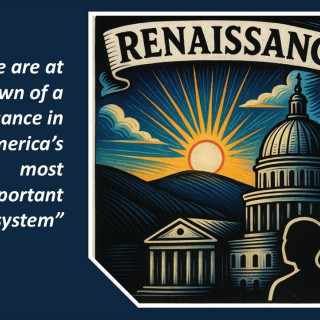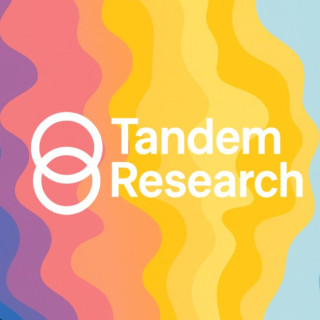The Role of Hope in Health and Human Service Systems

By Justin Brown & Chan Hellman, PhD.
The concept of hope is often confused with wishful thinking, as it's seen as an abstract idea or defined solely on an individual level. At Global True North (GTN), we understand that hope is more than just a wish. Through our ongoing partnership with Dr. Chan Hellman, the founding director of the Hope Research Center, we’ve learned that hope is a measurable and actionable resource. This resource is often unknown, overlooked, or misunderstood by leaders seeking effective strategies to help their agencies reduce the strain, secondary trauma, and burnout experienced by their staff. In our varied work with health and human service systems (HHS), we've seen the impact of the science of hope on cultural resilience. When organizations cultivate cultures that foster hope, they not only strengthen their workforce but also benefit the communities they serve.
What is a Hope-Centered Organization?
Hope is the belief that the future can be better and that each of us plays a role in making it so. According to Dr. Charles R. Snyder, the pioneer of hope science, hope is composed of three core elements: goals, agency (or willpower), and pathways (the ability to strategize toward achieving those goals). This straightforward framework directly applies to organizational culture by supporting both staff and clients in setting meaningful goals. It reinforces the belief that change is possible and provides the necessary tools and support to move forward. A hope-centered organization intentionally shapes its culture by investing in leadership, staff training, and service design that help individuals envision and work toward a brighter future.
Research indicates that hope-centered organizations experience lower burnout, increased job satisfaction, workplace engagement, and improved flourishing. In high-stress professions, such as child welfare, hope helps mitigate the effects of secondary traumatic stress and fosters ongoing engagement among workers. At the organizational level, agencies that assess and support hope within their workforce are more likely to retain staff, enhance client outcomes, and reduce turnover.
How Hope is Built
GTN works with public agencies and nonprofits to embed hope science through:
Leadership development grounded in the agency and pathways model
Staff training focused on building hope in daily practice
Tools for measuring hope among employees and clients
Service redesign that incorporates goal-setting and client-centered planning
Hope-centered work begins internally. Leaders must do more than communicate a vision. They need to model clear goal-setting, assist their teams in identifying practical strategies, and foster a stronger belief in the organization’s purpose.
Hope-centered culture change is supported by:
Routine reflection on progress toward meaningful goals
Recognition of effort, not just outcomes
Peer support and leadership behaviors that foster trust
Consistent messaging about why the work matters
In this process, culture serves as the primary mechanism for delivering hope. When individuals experience clarity, encouragement, and structure, they begin to see new possibilities. This is supported by hundreds of studies that demonstrate organizations adopting a hope-centered model experience improvements in both staff satisfaction and service delivery. In one study, hope was a key factor in predicting academic success for transitional-age foster youth, and that hope often originated in the relationship with a caseworker. In another study, caseworkers with higher hope levels experienced less burnout, even when working under extreme emotional strain. These results reflect a growing evidence base for hope as a foundation for workforce and client well-being.
Moving Forward with Hope
Public systems will continue to face challenges, but culture is a factor we can influence. By creating environments that foster hope, we can enhance performance, engagement, and overall well-being. A hope-centered organization encourages people to move toward positive goals rather than merely reacting to crises. It brings together strategy, leadership, and service delivery based on a fundamental belief: that change is achievable and everyone, from clients to staff and leaders, has a role to play.
Hope is not abstract. It's essential. It’s measurable, and most importantly, can be taught.



